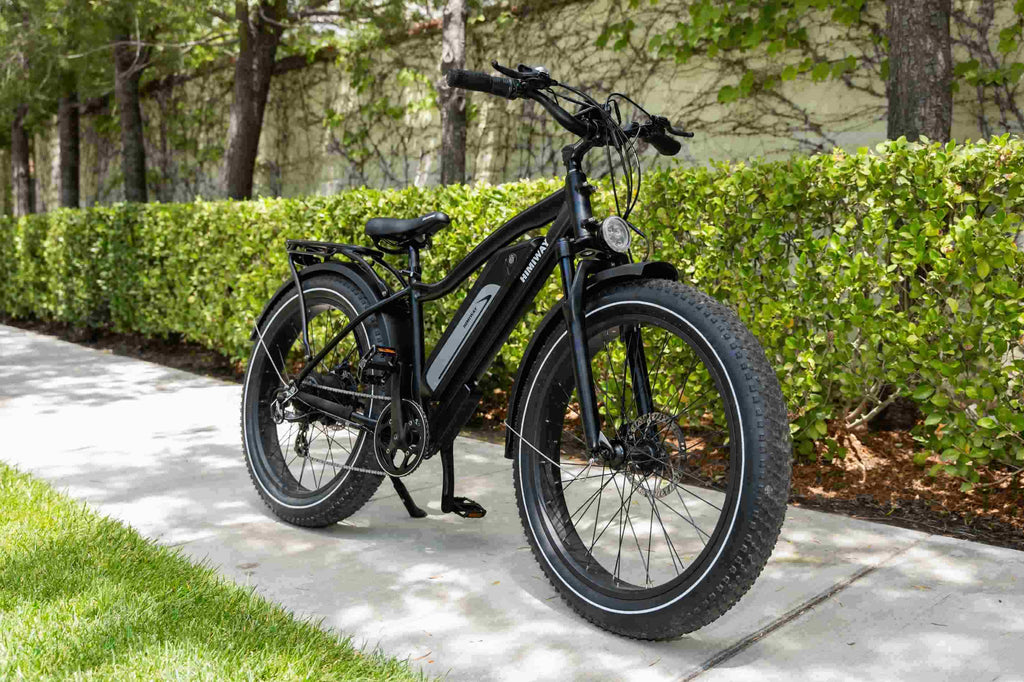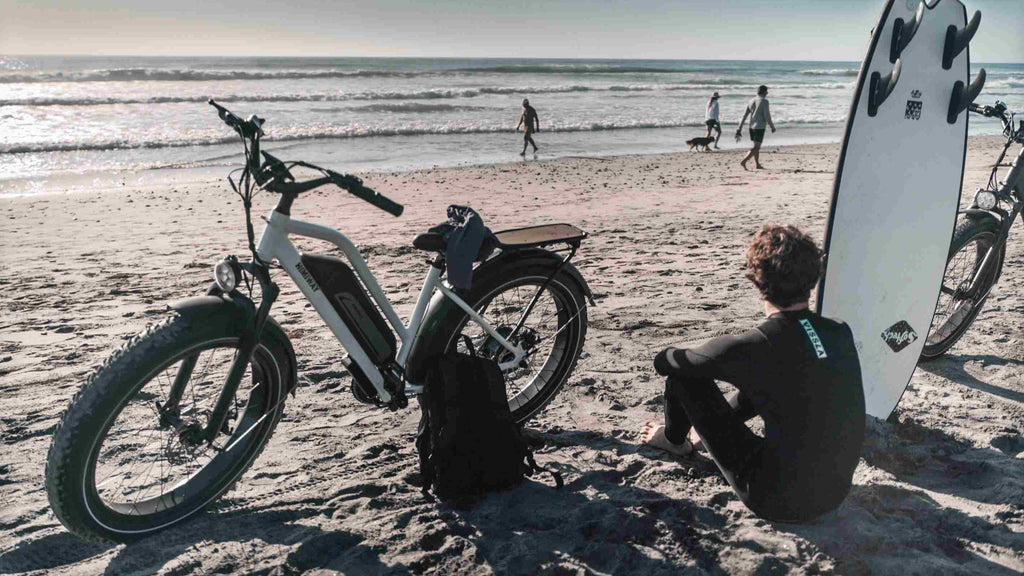
The Distinction Between Class 1, 2, and 3 of E-Bikes
Since the advent of electric bikes, the industry has seen an upward and forward trend in user experience. Even though bicycles had existed long before, the introduction of the e-bike was a game changer. As more specifications enter the market, folks now ride in custom-made e-bikes and choose an electric bike that suits their needs and lifestyle. People buy electric bikes for different reasons, from sporting activities to workout tools and means of movement.
That aside, several ebike laws and regulations are put in place by the Netherlands Government to determine the type of ebike you can buy and ride where you live. Electric bikes differ in several ways, and if you are the type that is meticulous and detailed about your every purchase, you should learn the various classes of ebikes before you buy.

Different classes of electric bikes
In the United States and several others, there are generally three categories of electric bikes: class 1, class 2, and class 3 e-bikes. Each class has its unique features and uses. If you are sure which to buy on your next purchase, Himiway has researched for you, explaining each type of e-bike. You can do well to shop for your most preferred option.
Class 1 e-bikes – Pedal-assisted bikes, a maximum speed of 20MPH, no throttle
The Class 1 electric bikes are pedal-assisted ebikes with features that allow you to pedal less when riding. The pedal-assist feature will be activated with a button, taking the stress off your legs. Using this feature does not mean you would not be required to pedal, but you can do so from a place of rest and ease. This class of e-bike has a maximum speed of 20 miles per hour, and you can ride on bike lanes, bike paths, and the road. There are no restrictions to where one can ride class 1 bikes since they have a low-speed level. Also, class 1 bikes do not come with a throttle, so they are considered the safest ebikes. These electric bikes move with a battery and an electric motor.
Class 2 e-bikes – Throttle-assisted bikes, a maximum speed of 20MPH and encourages adventure.
The Class 2 types are throttle-assisted bikes. Whether the rider pedals or uses the throttle, these bikes can hit up to 20 MPH. A throttle comes in the form of a gripper or button on the handlebar. When the throttle is engaged, the bike can move at 20MPH without you pedaling. Another remarkable feature of this bike class is that you can decide if you want to pedal manually for work out, and when you get worn out, you can switch to using the throttle for the rest of your trip. You can also ride class 2 e-bikes anywhere you typically ride the traditional bikes because it gives you the freedom to be adventurous and daring. It’s valid on off-road trail riding locations without hassles. Many riders would love this flexibility as it provides more room to explore.
Class 3 e-bikes – Pedal-assisted bikes, a maximum speed of 28 MPH, throttle present in some
The Class 3 ebikes are also pedal-assisted bikes. They can move as fast as 28 miles per hour, making them one of the fastest electric bikes. If you are an athlete or speed is one of the major things you look out for in an automobile, then a class 3 bike would suit you perfectly. Although due to their speed, they have restrictions from some bike paths and bike trails. But these classes of bikes make up for this bottleneck with their speed. Also, some bikes have a throttle, while others do not.
Nevertheless, these bikes are potent, dogged, and can stand the test of time. Their motors are more powerful and produce more torque required to steer through whether and steep hills. Typically, you would not be allowed to ride these bikes on bicycle paths, trails, bikeways, and hiking trails. Some people use these e-bikes in place of electric motorcycles because they deliver almost the same level of speed and torque.

Which e-bike is better for you?
Categorically, it’s tough to determine which ebike is better for you, but pointing you in the right direction can help you make a perfect choice. Different strokes for different folks, and what works for one person might not necessarily work for you. Several factors come to play when deciding the class of e-bike to buy. Your weight and height, location, and driving skills all matter. Just like matters of the heart and other topics of sentiment, it would not be wise to let a third party dictate your next steps and the e-bikes you would be riding since you are the one in the situation.
The Himiway Cruiser Long Range Fat tire Electric Bike runs on the Himiway 48V 17.5Ah. It offers a long-stricken trekking estimate of 60-100km per charge. If you live on hilly or rocky terrain, you need a dogged e-bike like this with the grit to withstand any push and shove. Most times, fat-tire electric bikes do the trick. These bikes are built sturdy with fat tires to cover more surface area. Also, if you weigh more than 220 Ibs, you should settle for these powerful and fat tire e-bikes.
If you commute daily to and from work or school, an electric bike with high speed might appeal more to you. Some e-bikes have their speed level capped at a certain point, while others can go at a much higher speed level. Let this be one of your primary focuses when you buy. You would be in a hurry to work or school sometimes, and it would be great if your e-bike understood the assignment and corporates. This is the same with professional riders who engage in sports competitions with their bikes or those who need their ebike to lose weight; speed and a long-range e-bike will be a determinant.
Also, your financial capability is something to consider. If your budget is below the bike's price, there would be a constraint. Hence, finances are another factor to consider.
Rules of Riding
- 1. A helmet is a must for all E-bike riders. The helmet is required if the driver is 17 years old or younger.
- 2. Using a class-3 electric bike on a bike path is not advisable. However, you can use e-bikes in classes 1 and 2 for this.
- 3. Although the ebikes are similar to traditional bikes in several ways, children are not allowed to ride E-bikes in many states. The minimum age to operate an e-bike is thus 13.
- 4. You would be charged a registration fee for your E-bike in some states. Find out if your states charge a registration fee so that you know the situation.
- 5. E-bike riders must always obey posted speed limits. E-bikes have prohibition in some confined lanes, so be aware of the rules governing your location.
- 6. The motor on your e-bike should have a maximum voltage of 750 watts.
- 7. Different state laws may apply to sidewalks and trails. Additionally, several states mandate that an E-bike bear a label designating its class.
Conclusion
The choice of the ebike class is solely yours to make. Selecting the one that gives you the best experience is better. There are a few factors to bring to the top of your mind, such as your long-range need, speed, finance, and general lifestyle. And this piece gives you a head start.







































 NL
NL
 United States
United States Canada
Canada Deutschland
Deutschland United Kingdom
United Kingdom Switzerland
Switzerland
